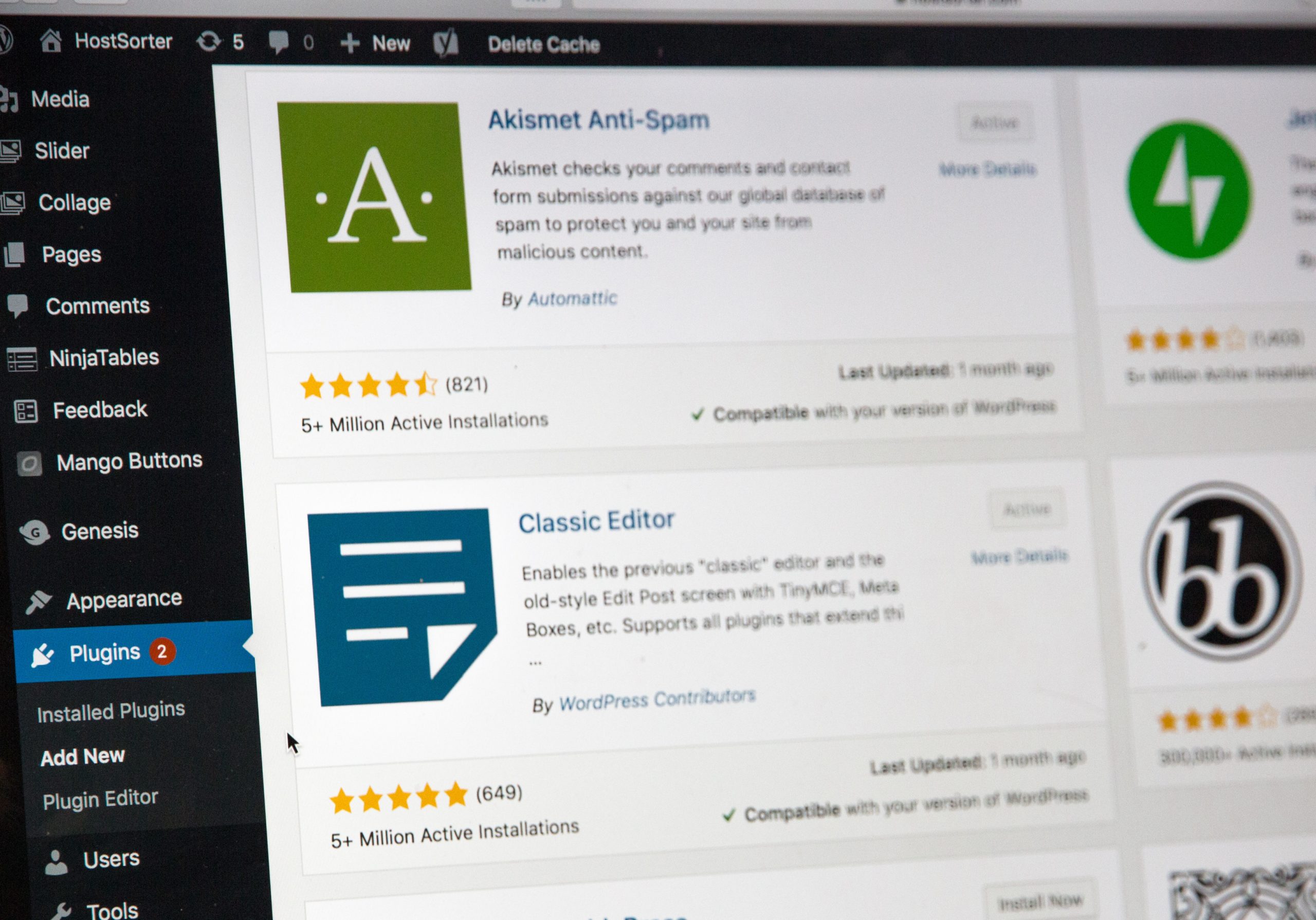“How-to” Create an Online Service

It’s easier than ever to create an enterprise online – the Internet serves as a home for many businesses. However, some criticism and accusations have arisen recently around larger tech firms preventing others from setting up shop on the Internet, so to speak, which has given rise to criticism regarding whether a select number of companies are de facto “gatekeepers” of the Internet. This is in fact not the case. No one firm holds “the keys to the Internet”, determining whose business can participate online or not.
Whether the goal is a social media service, store (brick-and-mortar and/or online), blog, digital news outlet, or more, barriers to entry online have never been lower and websites are easier than ever to create and maintain. Three basic steps to setting up and running an online service are building a site, partnering with a hosting service, and creating a revenue stream.
Step 1: The first step to setting up an online service is to develop a website. Today, many have the option to create their websites through well-known website builders and content management systems (CMS) like Squarespace, WordPress, and Wix (who often also serve as hosting companies as well), hire developers as part of the business, or pay an outside developer or firm to create and maintain the website. CMS or website builders are usually the cheapest way to build a website without requiring hands on coding. However, builders themselves normally offer tiered monthly plans (often ranging from free to $45) with increasing functionality so the cost could rise depending on the plan required. [1, 2, 3] Paying developers usually means a higher upfront cost that often results in lower long-term costs. Anyone can take on the task of building a website themselves by learning how to code. And of course, developing a website yourself is considered the cheapest but it does require the most time and effort.
Step 2: Get your website online. A website must be hosted online to be accessible to others; this is a service provided by a wide variety of IT companies. Some examples of hosting services are IBM Cloud Services, Microsoft Azure, Amazon Web Services, and Salesforce; However, there are many, many more. The prices for hosting services can vary depending on the capabilities they offer and your unique service as well. Many provide information on approximate costs but those costs could change throughout the lifespan of a website, oftentimes due to variables such as the growth of the service. Larger CMS or website builders also serve as hosting services to the websites of their customers: WordPress, for example, has WP Engine (which this website uses as a hosting service). Firms can even choose not to depend on other hosting service providers and instead utilize in-house servers. Also relevant during this step is procuring a domain name, which can be purchased separately (for monthly or yearly renewals from $.99 to $12 on average) from web hosting services; it is also often offered as a service from many of the same IT hosting companies.
Step 3: Creating revenue with your online business. So you created a website and partnered with an IT service to get it up and running on the Internet. The third prong of developing an online service is creating a revenue system to support the continuation of service. Depending on the type of website built, commonly employed revenue streams include advertisements, payment systems, sponsorships, or subscription fees. Each of these forms of revenue can have different advantages for the type of website built; advertisements and sponsorships pair well with blogs, payment systems with stores, and subscription fees with news media outlets. Many CMSes and website builders will have plugins available to download which can utilize established payment systems like WooCommerce. Many IT services also offer partnerships to hosting ads on a site like Amazon Advertising.
It’s easier than ever to construct and run an online service. What was once the dominion of professional developers can now be a project undertaken by someone with the most basic computer skills, thanks to the variety of services that make building a website fast, easy, and cheap. There are approximately 64 million websites using CMSes — of which WordPress accounts for around 40% of the CMS market, yet there are a great number of services available. More recent reports show digital commerce through CMS and website builders to be on the rise, with the growth of services such as Shopify. With the position that COVID-19 has put businesses in, many are creating or focusing on their digital services to properly serve their customers during this difficult time. This trend appears to be true from the larger enterprises down to the smallest businesses. As detailed above, the costs of these services are often minimal, which has lowered the barrier to entry for many businesses to participate in online commerce.
The democratization of website building and increasingly vast options for IT services creation has given a platform to online creators, built a digital home for businesses, and allowed individuals and entrepreneurs access to new audiences. What’s more, the availability of such services demonstrates that online businesses don’t have to depend on any one firm to support them on the Internet. No matter where one is in the web building stack, there are a myriad of options available to employ in creating and maintaining an online service and there’s no better time to create one than now.








